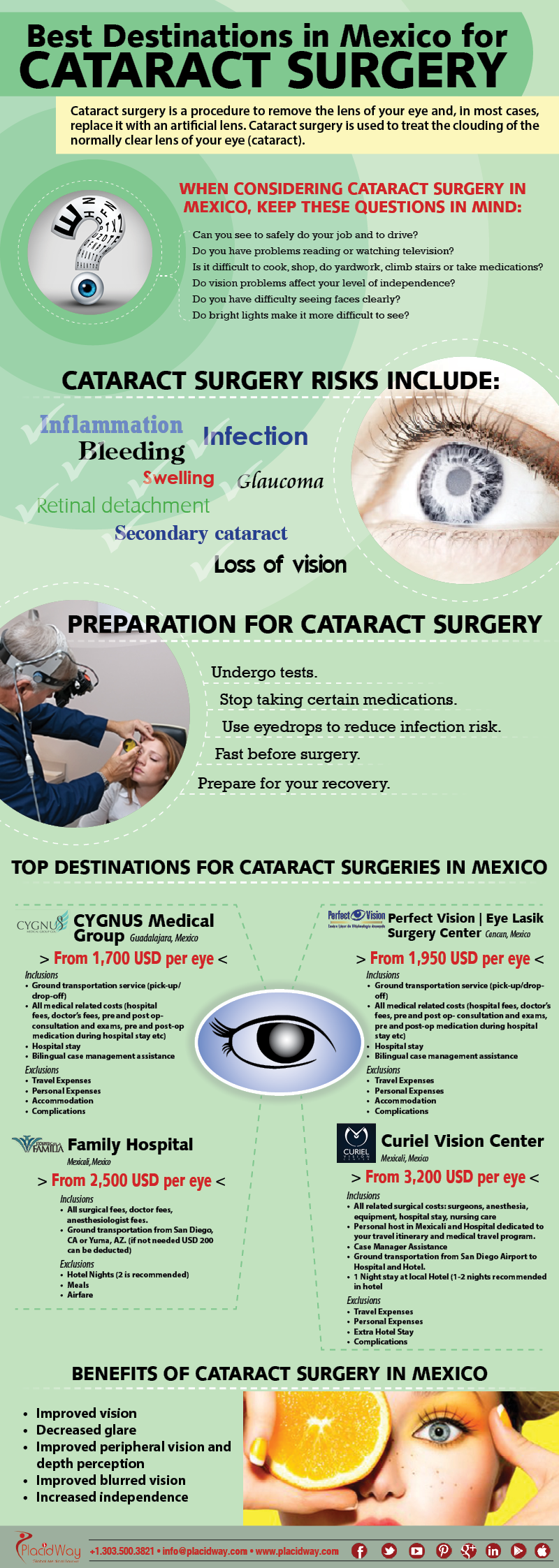What Are The Differences And Similarities Between SMILE Eye Surgical Procedure And LASIK And PRK?
What Are The Differences And Similarities Between SMILE Eye Surgical Procedure And LASIK And PRK?
Blog Article
Posted By-Ryberg Michelsen
If you've been thinking about SMILE eye surgical procedure, you could wonder how it stacks up against LASIK and PRK. Each procedure has its own set of benefits and factors to consider. From quicker recuperation times to potential dangers, there are crucial distinctions you need to know prior to deciding. Recognizing these differences will help you make an informed option that aligns with your particular needs and expectations. Curious to know even more regarding how these treatments compare in detail? Go on discovering to gain an extensive understanding of SMILE, LASIK, and PRK.
SMILE Eye Surgery Introduction
If you're taking into consideration SMILE eye surgical treatment, you'll locate it to be a minimally intrusive procedure with a fast recuperation time. Throughout SMILE (Small Cut Lenticule Removal), a laser is made use of to create a small, precise incision in the cornea to remove a small piece of cells, improving it to correct your vision. This varies from LASIK, where a flap is created, and PRK, where the outer layer of the cornea is totally removed.
One of the key advantages of SMILE is its minimally invasive nature, leading to a faster healing process and less discomfort post-surgery. Get the facts for SMILE is fairly quick, with several individuals experiencing enhanced vision within a day or two. This makes it a prominent option for those looking for a practical and efficient vision adjustment treatment. Furthermore, SMILE has been shown to have a lower threat of completely dry eye disorder compared to LASIK, making it a desirable option for people concerned about this prospective side effect.
Distinctions In Between SMILE, LASIK, and PRK
When comparing SMILE, LASIK, and PRK eye surgical procedures, it is essential to understand the distinctive methods used in each treatment for vision correction.
SMILE (Small Laceration Lenticule Extraction) is a minimally intrusive procedure that includes producing a little laceration to remove a lenticule from the cornea, reshaping it to fix vision.
LASIK (Laser-Assisted Sitting Keratomileusis) includes producing a thin flap on the cornea, using a laser to improve the underlying cells, and after that rearranging the flap.
PRK (Photorefractive Keratectomy) eliminates the external layer of the cornea before reshaping the cells with a laser.
The primary distinction depends on the means the cornea is accessed and treated. SMILE is flapless, making it a great option for people with slim corneas or those involved in contact sporting activities. LASIK offers rapid visual healing as a result of the flap production, yet it may pose a greater threat of flap-related problems. PRK, although having a much longer recovery duration, avoids flap-related issues altogether.
Comprehending these variations is critical in picking one of the most appropriate procedure for your vision correction needs.
Pros and Cons Contrast
To examine the benefits and disadvantages of SMILE, LASIK, and PRK eye surgeries, it's necessary to think about the details advantages and prospective constraints of each procedure. SMILE surgical procedure provides the benefit of a minimally invasive treatment, with a smaller sized cut and possibly quicker healing time compared to LASIK and PRK. It also lowers the danger of dry eye post-surgery, a typical side effect of LASIK. However, https://lasiksurgeons40627.onzeblog.com/27688491/embark-on-a-trip-to-the-cutting-edge-of-cataract-surgical-treatment-innovation-and-uncover-the-transformative-breakthroughs-that-might-redefine-patient-treatment-and-visual-outcomes may have restrictions in treating higher degrees of myopia or astigmatism contrasted to LASIK.
LASIK surgery offers rapid visual healing and minimal discomfort throughout the procedure. It's extremely reliable in treating a wide variety of refractive mistakes, including nearsightedness, hyperopia, and astigmatism. Yet, LASIK carries a threat of flap problems, which can influence the corneal structure.
PRK eye surgery, while not as popular as LASIK, prevents developing a corneal flap, decreasing the danger of flap-related issues. It appropriates for people with slim corneas or irregular corneal surface areas. However, PRK has a much longer healing time and might include more pain during the recovery procedure.
Final thought
So, when it involves picking between SMILE, LASIK, and PRK, consider it like picking the perfect pair of shoes. SMILE resembles a smooth, comfy pair of tennis shoes - fast and very easy.
LASIK is much more like stylish high heels - flashy and fast, yet with some potential dangers.
PRK resembles strong hiking boots - reputable and sturdy, but calling for a bit more time and effort.
Eventually, the best selection depends upon your specific needs and choices.
